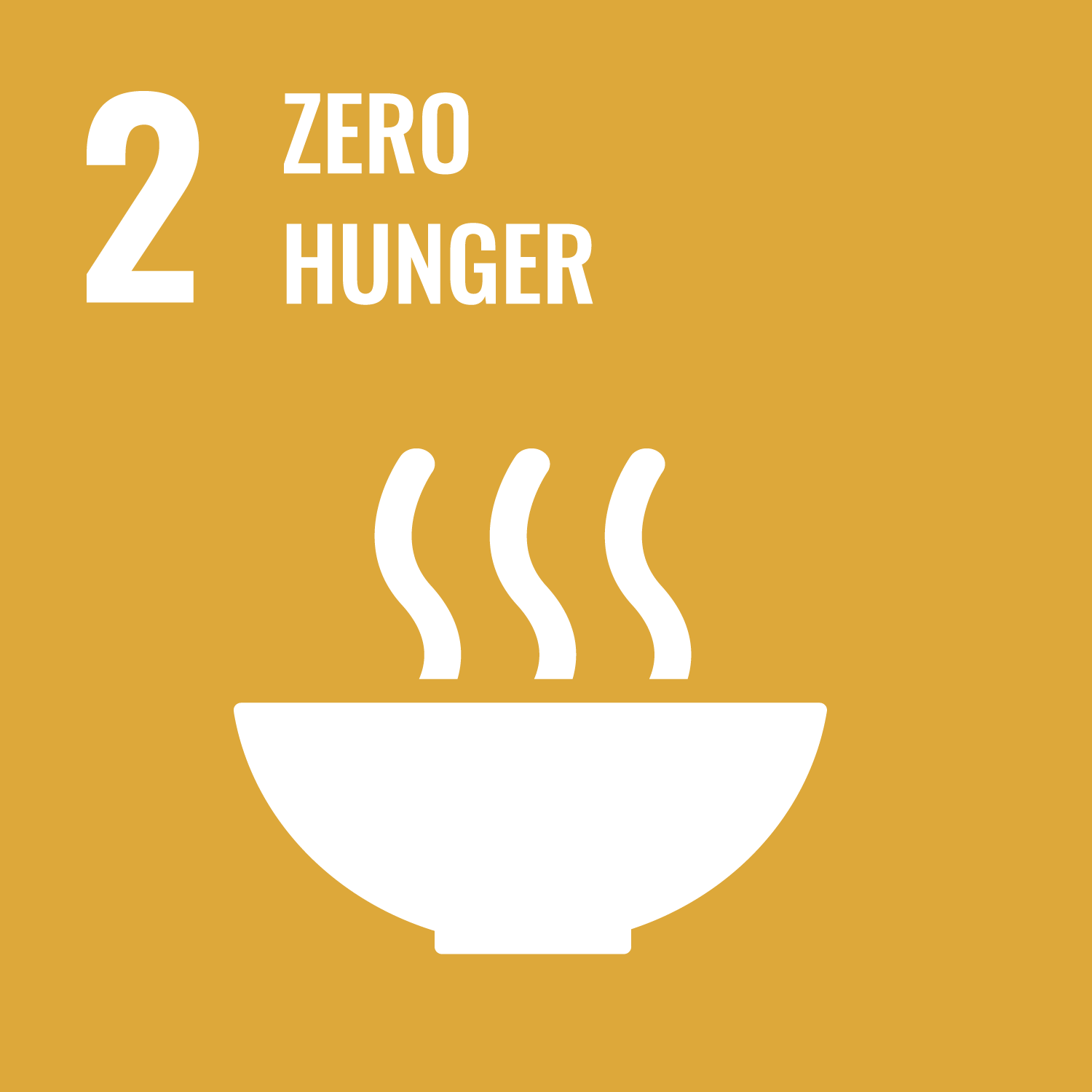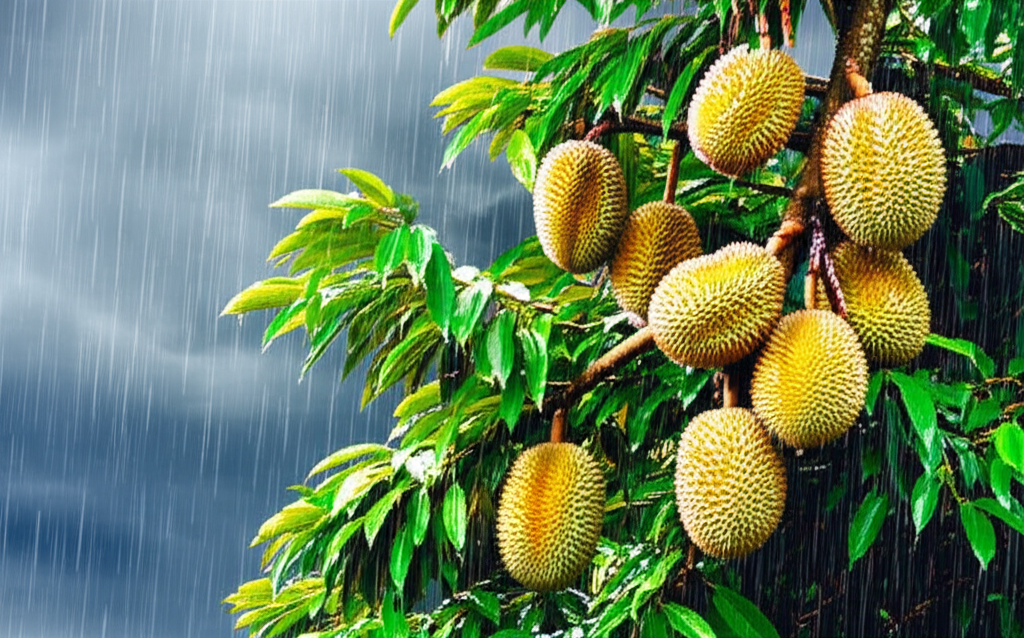The ‘king of fruits,’ durian, is a beloved and economically important crop in Southeast Asia. While durian aficionados know that weather affects the harvest, researchers at Universiti Teknologi Malaysia (UTM) have now pinpointed a specific culprit behind inconsistent yields: extreme rainfall. Their study, analyzing durian production data across Peninsular Malaysia from 2015 to 2021, reveals a clear link between unusually heavy rainfall and reduced durian harvests.
The research team, using data from the Malaysian Ministry of Agriculture and weather information from World Weather Online, examined durian production patterns at peninsular, state, and district levels. While overall peninsular production remained relatively stable, significant variations emerged at the district level. A particularly wet year, 2017, saw a marked decrease in durian yield, suggesting a direct correlation. Heavy rainfall inhibits flower bud induction and flowering, decreases pollinator activity, and causes direct damage to the fruit and trees.
But why does this matter? Beyond the potential impact on durian lovers, this research has significant implications for the agricultural industry. Understanding the relationship between climate and crop yields is crucial for ensuring food security and economic stability, especially for a crop as valuable as durian. The UTM study suggests that extreme weather events, increasingly common due to climate change, can significantly disrupt agricultural production. This research also shows a lower coefficient of variation in districts with higher durian production, suggesting that artificial factors mitigated part of the variation in productivity. A well-managed plantation system in large farms could mitigate the effects of extreme weather.
This study provides a foundation for developing strategies to mitigate the impact of extreme rainfall on durian production. The next steps involve identifying specific mitigation strategies, such as improved drainage systems or protective measures for trees and blossoms, that can help stabilize durian yields in the face of increasingly unpredictable weather patterns. Ultimately, these insights will help ensure a more consistent supply of this treasured fruit while supporting the livelihoods of farmers and the economic vitality of the region.
https://doi.org/10.47836/pjtas.48.3.21


